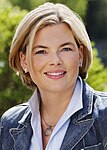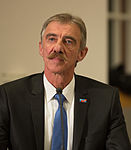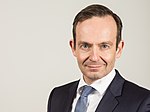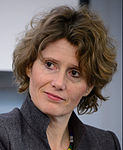Rhineland-Palatinate state election, 2016
|
|
|||||||||||||||||||||||||||||||||||||||||||||||||||||||||||||||||||||||||||||||||||||||||||||
|---|---|---|---|---|---|---|---|---|---|---|---|---|---|---|---|---|---|---|---|---|---|---|---|---|---|---|---|---|---|---|---|---|---|---|---|---|---|---|---|---|---|---|---|---|---|---|---|---|---|---|---|---|---|---|---|---|---|---|---|---|---|---|---|---|---|---|---|---|---|---|---|---|---|---|---|---|---|---|---|---|---|---|---|---|---|---|---|---|---|---|---|---|---|
|
|||||||||||||||||||||||||||||||||||||||||||||||||||||||||||||||||||||||||||||||||||||||||||||
|
All 101 seats of the Landtag of Rhineland-Palatinate. 51 seats needed for a majority |
|||||||||||||||||||||||||||||||||||||||||||||||||||||||||||||||||||||||||||||||||||||||||||||
| Turnout | 70.4 % | ||||||||||||||||||||||||||||||||||||||||||||||||||||||||||||||||||||||||||||||||||||||||||||
|
|||||||||||||||||||||||||||||||||||||||||||||||||||||||||||||||||||||||||||||||||||||||||||||
|
|||||||||||||||||||||||||||||||||||||||||||||||||||||||||||||||||||||||||||||||||||||||||||||
The 2016 Rhineland-Palatinate state election was held on 13 March 2016 to elect all 101 members to the Landtag of Rhineland-Palatinate. Seats are allotted by proportional representation with a 5% threshold. State elections were held on the same day in Baden-Württemberg and Saxony-Anhalt.
After the election, Malu Dreyer of the Social Democratic Party led a coalition government of her party with Greens and Free Democratic Party, nicknamed the "traffic light coalition".
The reference for the polls is wahlrecht.de.
A coalition of the existing ruling parties, the SPD and the Greens, would not have sufficient votes in the Landtag to be able to muster a majority (they would have 45 seats – 7 short of a majority). Neither would a coalition of the CDU and the returning FDP (they would have 42 seats – 10 seats short). A große Koalition (‘grand coalition’) of the SPD and CDU would have an absolute majority of 22 seats, but with the SPD having ruled out a grand coalition with Klöckner and the CDU ahead of the election, Dreyer looks most likely to work towards a "traffic light coalition," which would see the SPD, Free Democrats (FDP), and Greens join forces. These three parties would be able to form a state government with the SPD holding 39 seats, the Greens 6, and the FPD 7 – this would have a bare majority of 1 vote (52 seats) in the Landtag. A "Jamaica Coalition" of the CDU, FDP, and Greens would fall 4 seats short of the necessary majority. An unlikely, although theoretically possible, coalition between the CDU and AfD would also fall short by 3 seats in the Landtag.
...
Wikipedia


